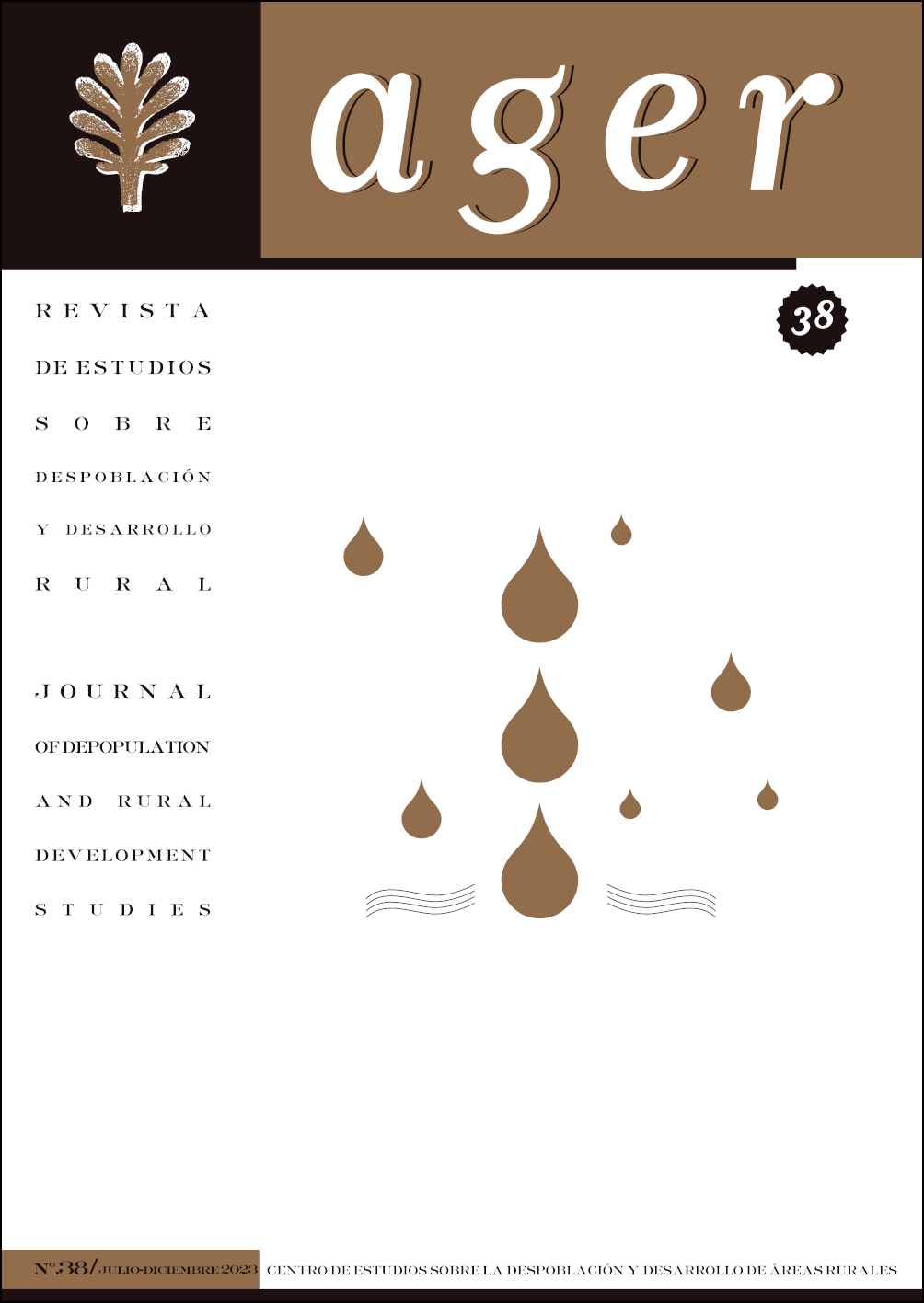Api-tourism as a Regenerative Tourism Modality against Rural Depopulation in Spain
Resumen
El estudio presenta el apiturismo como una oportunidad para promover el desarrollo rural dentro del nuevo paradigma del turismo regenerativo mediante la promoción de valores y prácticas sostenibles y reparadoras. Muestra cómo el apiturismo puede influir en la preservación de la biodiversidad, el empleo y la población en zonas de muy baja densidad demográfica, como las Serranías de Interior en España. Una región que abarca una vasta superficie de 65.489 km² muy despoblada, y que representa el 13 % del territorio del país. El texto utiliza el enfoque metodológico de triangulación, que implica una revisión bibliográfica y bibliométrica del neologismo "apiturismo" y de las modalidades turísticas relacionadas. La investigación también analiza las variables econométricas relacionadas a través de estudios de caso, entrevistas en profundidad y observación participante de explotaciones agroturísticas dedicadas al apiturismo. Este enfoque conduce a la caracterización de un novedoso modelo de turismo regenerativo que fortalece la salud de los ecosistemas y contribuye al mantenimiento de las poblaciones rurales. Este modelo se propone por su mayor resiliencia frente al cambio climático, desde una perspectiva social, de geografía humana y ecológica.
Publicado
Número
Sección
Licencia

Esta obra está bajo una licencia internacional Creative Commons Atribución-NoComercial-SinDerivadas 4.0.
Aquellos autores/as que tengan publicaciones con esta revista, aceptan los términos siguientes:
- Los autores/as conservarán sus derechos de autor y garantizarán a la revista el derecho de primera publicación de su obra, el cuál estará simultáneamente sujeto a la Licencia de reconocimiento de Creative Commons que permite a terceros compartir la obra siempre que se indique su autor y su primera publicación esta revista.
- Los autores/as podrán adoptar otros acuerdos de licencia no exclusiva de distribución de la versión de la obra publicada (p. ej.: depositarla en un archivo telemático institucional o publicarla en un volumen monográfico) siempre que se indique la publicación inicial en esta revista.
- Se permite y recomienda a los autores/as difundir su obra a través de Internet (p. ej.: en archivos telemáticos institucionales o en su página web), lo cual puede producir intercambios interesantes y aumentar las citas de la obra publicada. (Véase El efecto del acceso abierto).

